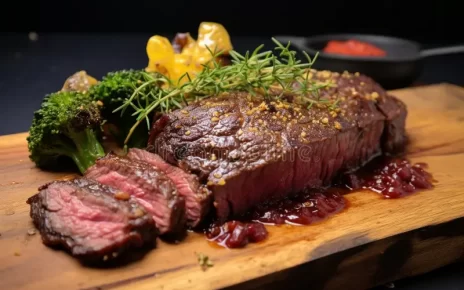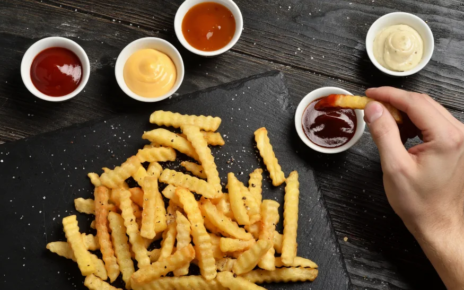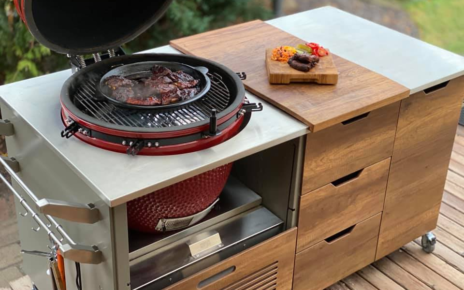Surprisingly you found a rare seed and you want to stock it. Or you found a really good seed stock on sale, and you bought it. But after some time, you get to know that planting is months away or it is not the right season to plant. In this case, you need to ensure that your seeds are properly stored. Proper storage doesn’t take much, especially if seeds need to be stored for less than two years.
For short-term storage of packaged seeds, you need a dry, cool, and pest-free space. But if you are planning to store seeds for longer, you need to take a few more steps to protect them like storing them in cold space. At the commercial level, a custom cold storage room can be used for seed storage.
Here is the detail of every step you need to take for proper storage of packaged seeds.
Maintain Cool Conditions
It is important to store seeds away from the direct sunlight in a cool spot. A fairly consistent temperature is necessary for the storage of packaged seeds. You can store seeds in the basement, cold closet, or in a room that is on the northern side of your home. Because these spots remain cool throughout the year.
For short-term storage, there is no need to refrigerate packaged seeds. But you can refrigerate them if they are completely dry.
Maintain Dry Storage Conditions
Another important step in seed storage is to ensure dry conditions. Before placing seeds in storage, dry them. You can test seeds, if a seed can be shattered or cleanly snapped in half, it means it is dry enough to be stored. But if under stress, the seed doesn’t snap cleanly, it should be dried before stirring it or freezing it.
Removing water is very important because seeds need sufficient water and the temperature for germination. If seeds will have water content or humidity in the environment, they may sprout. Before freezing, you need to make sure seeds are dry otherwise water may lead seeds to suffer frost damage.
Protect the Seeds From Pest
If seeds are stored in a place that is prone to pests, you need to pay extra attention while storing seeds. Bugs, critters, and rodents enjoy nibbling on seeds that are not planted yet and spoil them. It is a better idea to choose a storage spot that is pest-free. You also need to check the stored seeds and storage space on and off to ensure that the space remains pest-free.
If the seeds you are storing are already packaged, still you need to be careful. Because pests can enter the packaged seeds too. Glass jars and metal containers protect seeds more from invaders.
Paper Bag, Envelop, and Mesh Bag Storage
A little breathing room is also a requirement for proper seed storage. It is preferable to use an area that remains dry and cool throughout the year. Try to use envelopes, paper bags, and mesh bags for seed storage. Usually, this storage is called open storage.
We recommend the usage of these gas permeable bags so the heat and moisture generated due to the respiration of the seeds can escape. But in such a case, you need to take extra precautionary measures to prevent seeds from pests.
Freezer Storage for Seeds
Some seeds cannot be stored in cool and dry conditions only. It involves crops like leeks, carrots, onions, parsnip, etc. Because these crops are notoriously short-lived, so their long-term storage is difficult. For such seeds freezer storage or cold storage works bests. Because if you store them near room temperature, they will quickly lose their ability to grow and germinate.
Follow these storage steps and you will be able to see your seeds grow later.





